

Articles
How To Use A Space Heater
Modified: February 29, 2024
Discover helpful articles on how to use a space heater effectively and safely. Find tips, guides, and expert advice to maximize comfort and efficiency.
(Many of the links in this article redirect to a specific reviewed product. Your purchase of these products through affiliate links helps to generate commission for Storables.com, at no extra cost. Learn more)
Introduction
Welcome to your guide on how to use a space heater! As the colder months approach, it’s important to have a reliable source of warmth in your home or office. Space heaters are a popular choice for providing localized heat in smaller areas. Not only are they efficient and convenient, but they also offer an affordable alternative to heating an entire space.
However, before diving into the world of space heaters, it’s essential to understand how to safely and effectively utilize these devices. In this article, we’ll walk you through the necessary safety precautions, tips for choosing the right space heater, the correct way to set up and operate one, proper maintenance techniques, and how to troubleshoot common issues.
Whether you’re a first-time space heater user or looking to brush up on your knowledge, this comprehensive guide will equip you with the information you need to stay warm and comfortable throughout the chilly season.
Key Takeaways:
- Stay warm and safe by following essential safety precautions when using a space heater, including reading the manual, keeping flammable materials away, and using grounded power sources.
- Choose the right space heater by considering factors like heating capacity, energy efficiency, and safety features, and operate it efficiently to maintain a cozy environment while saving energy.
Read more: How To Use A De’Longhi Space Heater?
Safety Precautions
When using a space heater, it is crucial to prioritize safety to prevent accidents and ensure a hazard-free environment. Here are some key safety precautions to keep in mind:
- Read the manufacturer’s instructions: Before using your space heater, thoroughly read and understand the user manual provided by the manufacturer. This will help you familiarize yourself with the specific safety guidelines and operating procedures for your particular model.
- Place the heater on a flat, stable surface: Ensure that your space heater is placed on a flat and stable surface to prevent it from toppling over. Avoid placing it on uneven or flammable surfaces, such as carpets, rugs, or furniture.
- Keep flammable materials away: Maintain a safe distance between your space heater and any flammable materials, such as curtains, bedding, paper, or clothing. A minimum clearance of three feet is recommended to prevent the risk of fire.
- Never leave the heater unattended: It’s important to never leave your space heater unattended while it is in operation. If you need to leave the room or go to sleep, turn off the heater and unplug it from the power source.
- Use a grounded power source: Always plug your space heater directly into a wall outlet and avoid using extension cords or power strips. Using a grounded outlet helps prevent electrical hazards and ensures safe operation.
- Utilize safety features: Look for space heaters equipped with safety features such as tip-over protection, which automatically shuts off the heater if it gets knocked over, and overheating protection, which turns off the heater if it reaches an unsafe temperature.
- Keep children and pets away: Keep children and pets away from space heaters to avoid accidental burns or injuries. Consider using a heater guard or placing the heater in a location that is out of reach.
- Regularly inspect the heater: Before each use, inspect your space heater for any signs of damage or wear. Check the power cord for fraying or exposed wires and ensure that the heater’s vents are clean and unobstructed.
- Be cautious with older models: If you have an older space heater, exercise extra caution as they may not have the same safety features as newer models. It might be worth considering an upgrade for enhanced safety.
- Install smoke and carbon monoxide detectors: It’s highly recommended to have working smoke detectors and carbon monoxide detectors installed in your home. These devices will alert you in case of any potential hazards.
By following these safety precautions, you can enjoy the warmth and comfort provided by a space heater while minimizing the risks associated with their use. Remember, safety always comes first!
Choosing the Right Space Heater
With a wide variety of space heaters available on the market, it’s essential to select the right one for your specific needs. Consider the following factors when choosing a space heater:
- Heating capacity: Determine the size of the area you wish to heat. Different space heaters have varying heating capacities, so it’s important to choose one that can effectively warm the desired space. Look for the heater’s BTU (British Thermal Unit) rating or wattage to gauge its heating power.
- Heating method: Space heaters use different heating methods, such as convection, radiant, or fan-forced. Convection heaters heat the air, radiant heaters emit infrared radiation to directly heat objects, and fan-forced heaters use a fan to circulate warm air. Consider which method will work best for your needs.
- Energy efficiency: Look for space heaters with energy-saving features, such as adjustable thermostats, programmable timers, or eco-modes. Energy-efficient heaters can help reduce your energy consumption and lower your heating bills.
- Safety features: Opt for space heaters with built-in safety features, such as tip-over protection and overheating protection. These features provide added peace of mind by automatically shutting off the heater if it accidentally falls or reaches unsafe temperatures.
- Noise level: Consider the noise level of the space heater, especially if you plan to use it in quiet environments like bedrooms or offices. Look for models with silent or low-noise operation to ensure minimal disruption.
- Portability: If you intend to move the space heater between different rooms, choose a lightweight and compact model with handles or wheels for easy mobility.
- Control options: Determine your preferred control options. Some heaters have basic manual controls, while others offer remote controls, digital displays, or smartphone compatibility for convenient operation.
- Budget: Set a budget for your space heater purchase. There is a wide range of options available at varying price points, so consider the features that are most important to you and find a heater that fits within your budget.
By considering these factors, you can make an informed decision and choose a space heater that best meets your heating needs, energy efficiency goals, and safety requirements. Take your time to research different models and read customer reviews to ensure you select a reliable and high-quality heater.
Setting Up the Space Heater
Once you have chosen the right space heater for your needs, it’s time to set it up properly to ensure efficient and safe operation. Follow these steps to set up your space heater:
- Choose a suitable location: Select a location for your space heater that is away from furniture, curtains, and other flammable materials. Ensure that there is enough clearance around the heater to prevent any obstructions.
- Plug into a grounded outlet: Locate a nearby grounded electrical outlet to connect your space heater. Avoid using extension cords or power strips and plug the heater directly into the wall outlet to reduce the risk of electrical hazards.
- Inspect the power cord: Before plugging in the space heater, carefully inspect the power cord for any damage or fraying. If you notice any issues, do not use the heater and contact the manufacturer for assistance.
- Position the heater: Place the space heater on a flat and stable surface, ensuring that it is balanced and won’t tip over easily. If your heater has wheels, lock them into place to prevent unintended movement.
- Adjust the thermostat: Set the thermostat on your space heater to the desired temperature. Most heaters have a dial or digital display that allows you to adjust the heat output to suit your preference.
- Turn on the heater: Once the space heater is plugged in and positioned correctly, switch on the power using the designated switch or button. You may need to press additional buttons or switches for specific functions, such as oscillation or fan speed.
- Allow for proper ventilation: Ensure that the space heater has adequate ventilation. Avoid blocking the heater’s vents to allow for proper airflow. This will prevent overheating and ensure optimal performance.
- Monitor the heater: Keep an eye on the space heater while it is in operation. Check for any unusual sounds or smells and keep children and pets away from the heater to prevent accidents.
- Use the timer function: If your space heater has a timer function, consider utilizing it to automatically turn off the heater after a set period. This can help conserve energy and prevent overheating if you tend to forget to turn off the heater manually.
- Unplug and store safely: When you’re done using the space heater, make sure to unplug it from the power source. Allow it to cool down completely before storing it in a safe and dry place.
By following these steps, you can ensure that your space heater is set up correctly and ready to provide efficient and reliable warmth. Remember to always refer to the manufacturer’s instructions for any specific setup requirements or recommendations for your particular model.
When using a space heater, always keep it at least 3 feet away from anything that can burn, such as curtains, bedding, or furniture. This will help prevent the risk of fire.
Operating the Space Heater
Operating a space heater involves a few key steps to maximize its effectiveness and ensure your comfort. Follow these guidelines to operate your space heater safely and efficiently:
- Set the thermostat: Adjust the thermostat on your space heater to the desired temperature. Depending on the model, you can usually set it using a dial, buttons, or a digital display. Find a comfortable temperature that suits your needs.
- Choose the heat setting: Many space heaters offer multiple heat settings, such as low, medium, and high. Select the appropriate heat setting based on your preference and the current temperature of the room.
- Utilize oscillation: If your space heater has an oscillation feature, consider turning it on. This will cause the heater to rotate and distribute the warm air more evenly throughout the space, ensuring consistent heat distribution.
- Manage the fan speed: Some space heaters come with adjustable fan speeds. If available, experiment with different fan speeds to find the optimal balance between heat distribution and noise level that suits your preferences.
- Keep doors and windows closed: To maximize the efficiency of your space heater, ensure that all doors and windows in the room are closed tightly. This will prevent heat loss and help maintain a warm environment.
- Avoid excessive use: While space heaters are a convenient way to warm up a room, it’s important to use them responsibly. Avoid leaving the heater running continuously for long periods when not needed to conserve energy.
- Monitor the temperature: Keep an eye on the temperature of the room while the space heater is in operation. If the room becomes too hot or uncomfortable, adjust the thermostat or heat settings accordingly.
- Practice safety precautions: Always follow the safety precautions mentioned earlier in this guide, including keeping flammable materials away, not leaving the heater unattended, and regularly inspecting the heater for any damage or wear.
- Turn off and unplug: When you no longer need to use the space heater, switch it off and unplug it from the power source. This helps prevent any potential hazards and saves energy.
- Store properly: After use, allow the space heater to cool down completely before storing it in a safe and dry location. This will help prolong its lifespan and ensure its ready for future use.
By following these guidelines, you can operate your space heater safely and efficiently, providing the warmth and comfort you desire while maintaining a cozy environment.
Read more: What Space Heater Uses The Least Electricity
Maintaining the Space Heater
Maintaining your space heater is essential for optimal performance, energy efficiency, and longevity. By following these maintenance tips, you can keep your heater in top shape:
- Regularly clean the heater: Dust and debris can accumulate on the surface and inside the heater, affecting its performance. Use a soft cloth or brush to gently clean the exterior of the heater. Refer to the manufacturer’s instructions for cleaning the interior components.
- Clean or replace the filters: If your space heater has a filter, check it regularly for dust and dirt buildup. Clean or replace the filter according to the manufacturer’s recommendations. A clean filter ensures optimal airflow and prevents dust from circulating back into the room.
- Inspect the power cord and plug: Before each use, inspect the power cord for any signs of damage or wear. Check the plug for any loose connections. If you notice any issues, refrain from using the heater and contact a professional for repair or replacement.
- Keep the vents and air intake clear: Ensure that the vents and air intake of the heater are free of obstructions. Clear away any dust or debris that may have accumulated to maintain proper airflow and prevent overheating.
- Store properly during off-season: If you won’t be using the space heater for an extended period, ensure that it is stored in a clean and dry location. Protect it from dust and moisture to prevent damage during the off-season.
- Perform regular maintenance checks: Periodically check for loose screws, damaged cords, or any other signs of wear and tear. Address any issues promptly to prevent further damage or potential safety hazards.
- Follow manufacturer’s maintenance guidelines: Read the user manual provided by the manufacturer for specific maintenance instructions and recommendations for your space heater model. Following these guidelines will help ensure proper care and maintenance.
- Schedule professional inspections: Consider scheduling professional inspections of your space heater on a periodic basis. A trained technician can perform a comprehensive inspection, clean the internal components, and identify any potential issues that need attention.
- Replace outdated or faulty heaters: If your space heater is outdated, doesn’t function properly, or has significant damage, it may be time to replace it. Upgrading to a newer, safer, and more energy-efficient model is often a wise decision.
By implementing these maintenance practices, you can ensure that your space heater operates at its best, providing efficient and reliable warmth whenever you need it. Remember, proper maintenance not only enhances performance but also improves safety.
Troubleshooting Common Issues
Even with regular maintenance, you may encounter some common issues with your space heater. Here are troubleshooting tips for addressing these problems:
- No power or heater not turning on: Check if the heater is properly plugged into a functioning power outlet. Ensure that the circuit breaker or fuse is not tripped. If the power cord or plug appears damaged, do not use the heater and seek professional assistance.
- Inadequate heat output: If your space heater is not providing enough heat, ensure that it is set to the desired temperature and heat setting. Verify that the heater is in a suitable location without obstructions blocking airflow. Clean the vents and filters to ensure proper heat distribution.
- Unusual noises: If your space heater is making strange noises, such as rattling or whirring, it could indicate loose parts or debris inside the unit. Gently shake the heater to see if anything is loose. If the problem persists, consult the manufacturer or a professional for further assistance.
- Burning smell: If you detect a burning smell coming from your space heater, immediately turn it off and unplug it. This smell could signify overheating or a malfunctioning internal component. Contact a professional technician for inspection and repair.
- Thermostat not working: If the thermostat on your space heater does not seem to be functioning properly, try cleaning the control panel and removing any debris that may obstruct the thermostat’s sensor. If the issue persists, it may require professional repair or replacement.
- Excessive cycling: If your space heater continuously turns on and off, it could be due to thermal overload or a faulty thermostat. Ensure that the heater is not overheating by keeping it clear of obstructions and ensuring proper ventilation. If the problem persists, consult a professional.
- Foul odor: If your space heater emits a foul odor, it could be due to dust or debris accumulation within the unit. Clean the heater thoroughly, including vacuuming the vents and filters. If the smell persists, discontinue use and have the heater inspected for any electrical issues.
- Uneven heat distribution: If the heat from your space heater is not evenly distributed, consider repositioning the heater to ensure it is facing the area you want to warm. If your heater has an oscillation feature, enable it to circulate the heat more evenly throughout the room.
- Malfunctioning safety features: If the safety features of your space heater, such as tip-over protection or overheating protection, are not working as expected, discontinue use immediately. Contact the manufacturer or a professional technician for assistance in troubleshooting or repair.
- Excessive energy consumption: If you notice a significant increase in your energy bills, ensure that your space heater is energy-efficient and has appropriate settings for your needs. Consider upgrading to a more efficient model or adjust the temperature and usage to conserve energy.
If you encounter any issues with your space heater that you are unable to resolve, it is always recommended to consult the manufacturer’s guide or seek professional assistance. Proper troubleshooting and timely repairs will help ensure the safe and efficient operation of your space heater.
Conclusion
Using a space heater can be a practical and efficient solution for heating smaller areas, providing warmth and comfort during the colder months. However, it is crucial to prioritize safety and follow proper usage guidelines to prevent accidents and ensure a hazard-free environment.
In this comprehensive guide, we have covered the essential aspects of using a space heater, including safety precautions, choosing the right heater for your needs, setting it up correctly, operating it efficiently, maintaining its performance, and troubleshooting common issues.
By following the safety precautions, such as reading the manufacturer’s instructions and keeping flammable materials away, you can create a safe environment for using your space heater. Choosing the right heater based on factors like heating capacity, energy efficiency, and safety features ensures you get the most out of your investment.
Properly setting up and operating your space heater involves considerations like thermostat settings, heat selection, airflow, and ventilation. Regular maintenance, including cleaning the heater, inspecting the power cord, and checking filters, keeps your heater in top shape.
In the event of common issues, troubleshooting tips such as checking power supply, adjusting heat settings, cleaning vents, or seeking professional assistance will help you address them effectively.
Remember, your safety is of utmost importance. Always exercise caution, never leave your space heater unattended, and comply with manufacturer recommendations and local regulations.
By following the guidelines provided in this guide and using your space heater responsibly, you can enjoy the warmth, comfort, and convenience it offers throughout the chilly season while ensuring the well-being of yourself and those around you.
Stay warm and cozy!
Frequently Asked Questions about How To Use A Space Heater
Was this page helpful?
At Storables.com, we guarantee accurate and reliable information. Our content, validated by Expert Board Contributors, is crafted following stringent Editorial Policies. We're committed to providing you with well-researched, expert-backed insights for all your informational needs.
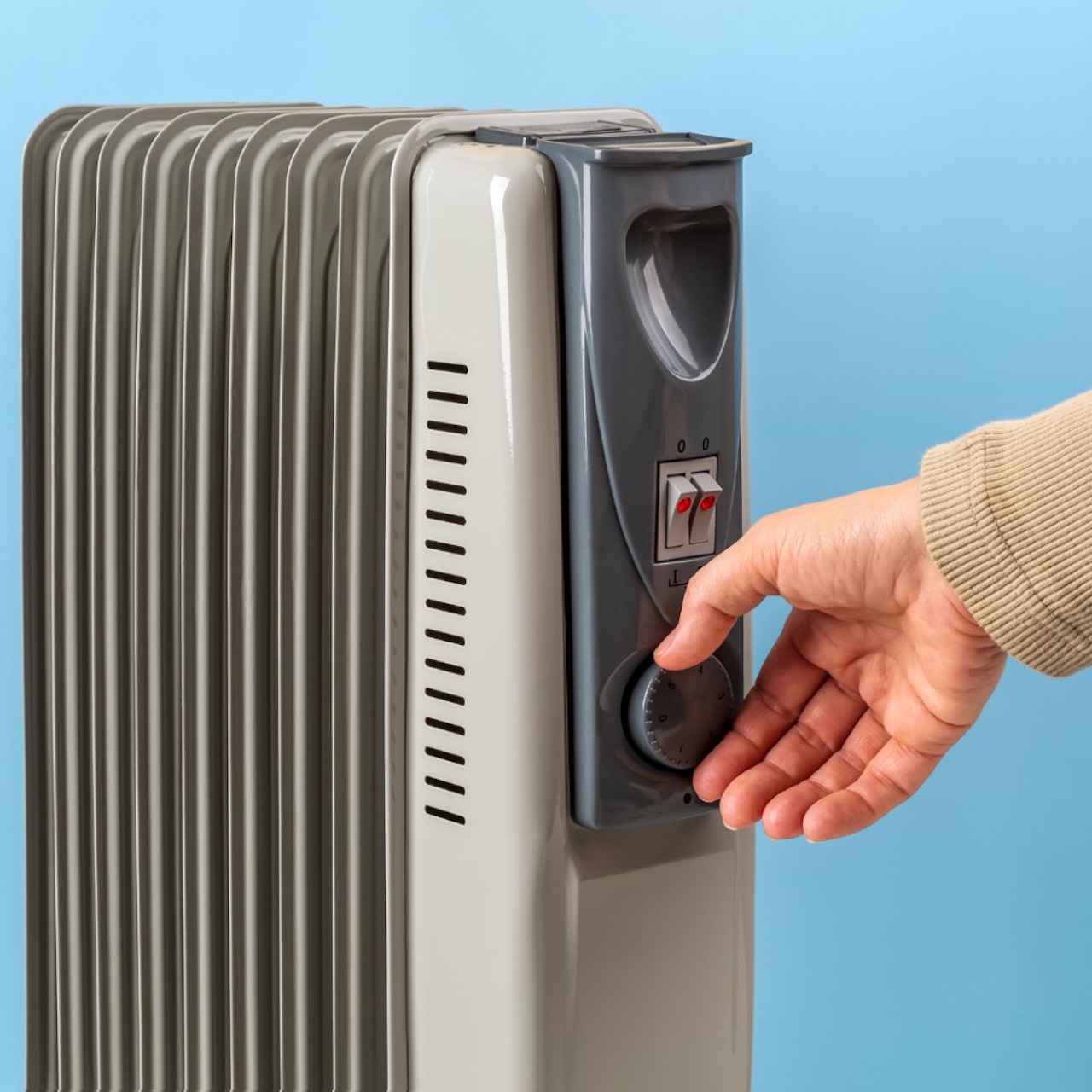
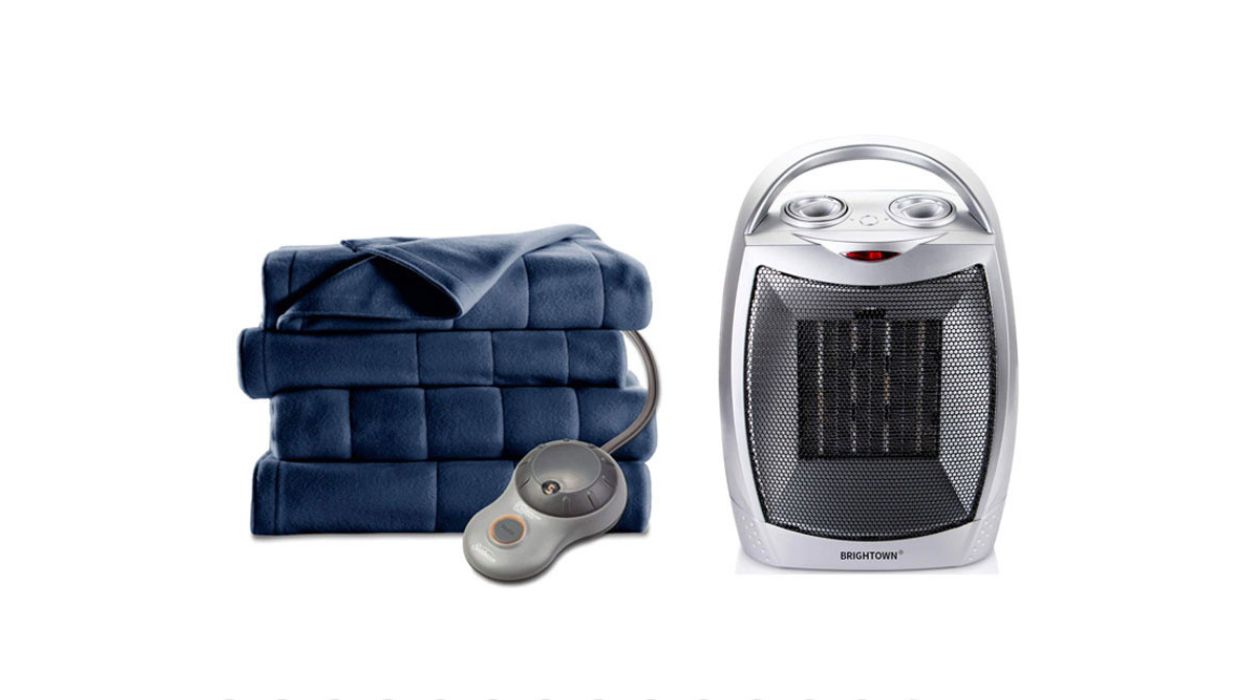

0 thoughts on “How To Use A Space Heater”